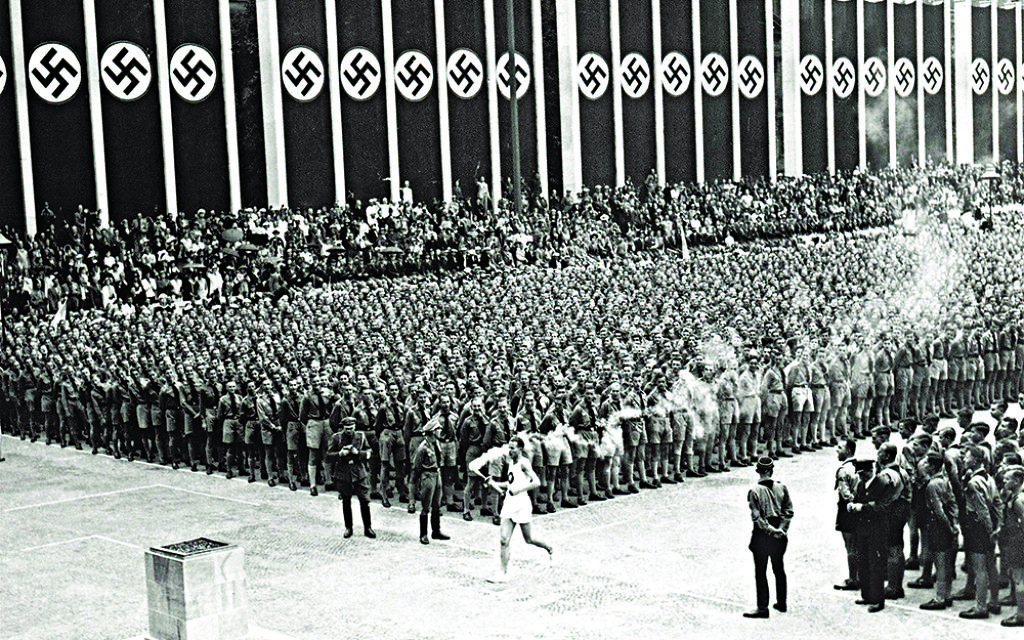The tragic fate of Jewish sporting heroes in the Holocaust
As final preparations are made for the Olympics in Rio, we profile the sportsmen and women who lost their lives in the Shoah
Whether they were Jewish soldiers who fought for their country during the First World War, or Jewish Olympians who found glory for their country, I have often wondered how many erroneously assumed their medals would protect them in the Shoah.
The fact that they had proudly risked their lives fighting for their homeland or had achieved sporting greatness was irrelevant when the Nuremberg Laws were enforced.
Not for the first time in writing my book, Who Betrayed The Jews?, I found myself shocked by discovering the fate of more than 30 Jewish Olympic medallists and sportsmen who had won medals for their country, but were exterminated without a thought when the Nazi juggernaut ploughed on with The Final Solution.
Get The Jewish News Daily Edition by email and never miss our top stories Free Sign Up
Gerrit Kleerekoper (1897–1943) was the Jewish coach of the Dutch gymnastics team at the 1928 Amsterdam Games, where they won gold. On 2 July 1943, Gerrit Kleerekoper, along with his wife, Kaatje, and his 14-year-old daughter, Elisabeth, were murdered by the Nazis at the
Sobibor extermination camp in Poland. Twenty-nine days later, his
18-year-old son, Leendert, was murdered at Auschwitz.
Helena ‘Lea’ Nordheim (1903–1943) was a Dutch gymnast born in Amsterdam. She won the gold medal with the rest of the Dutch gymnastics team at the 1928 Summer Olympics in Amsterdam. She was sent to Camp Westerbork in June 1943, and shortly after was deported to Sobibor, where she was murdered with her husband, Abraham, and their 10-year-old daughter, Rebecca, on 2 July 1943.
Anna (Ans) Dresden-Polak (1906–1943) was also on the team. At the 1928 Olympics, about half of the Dutch women’s gymnastics team was Jewish, but only one member, Elka de Levie, survived the Holocaust. Dresden-Polak was killed at Sobibor with her six-year-old daughter, Eva, on 23 July 1943. Her husband, Barend, was killed at Auschwitz in 1944.
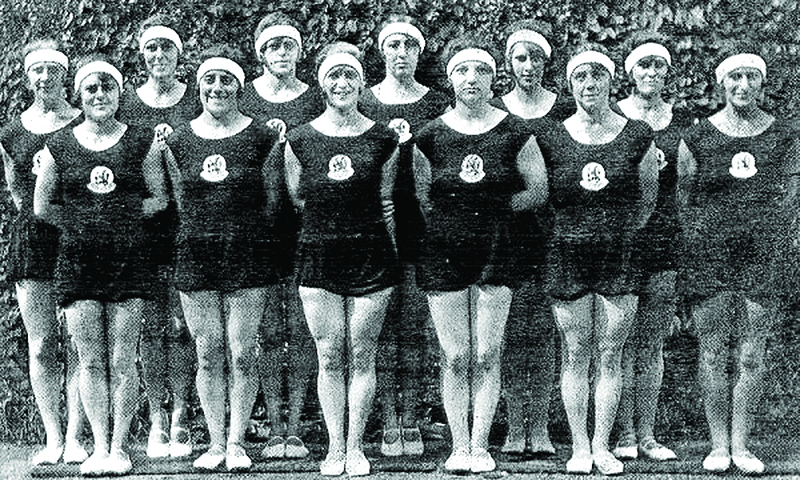
Judikje ‘Jud’ Simons (1904–1943) was a third Jewish member of the 1928 Dutch women’s gymnastics team and Olympic gold medallist. After her Olympics career Simons married and, with her husband, ran an orphanage in Utrecht, housing and caring for more than 80 needy children. As the Nazis rounded up Dutch Jews and sent them to concentration camps, Jud and her husband refused to abandon the orphans who depended on them. The Nazis captured her and her family, all of whom were shipped to the Sobibor extermination camp and gassed on 3 March 1943.
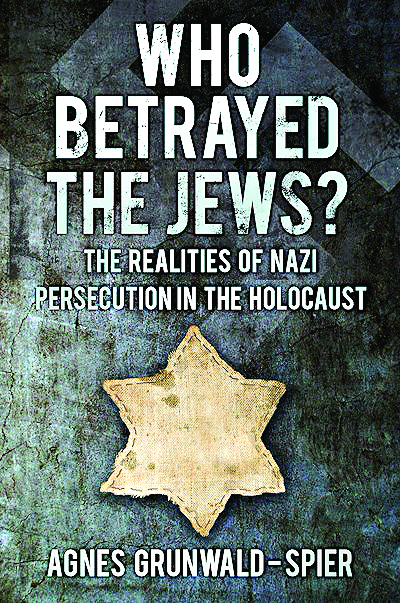
Lilli Henoch (1899–1942) developed a passion for sport, particularly track, field and team sports, which was rare for a woman in the 1920s. She was captain of the Berlin Sports Club’s women’s handball team. In addition, she was a member of the club’s hockey team, which won the Berlin championship in 1925. In shot-put and discus, she was not only the best performer in Germany, but among the best in the world. In 1924 she also became the German long-jump champion and in 1926 she and her teammates achieved a world record in the 4 x 100m relay race. On 5 September 1942 Lilli, her brother and her 66-year-old mother were deported. She and her mother are believed to have been taken from the Riga Ghetto and machine-gunned to death by an Einsatzgruppen mobile killing unit later the same year, along with a large number of other Jews. They were all buried in a mass grave in the woods outside Riga.
Attila Petschauer (1904–1943), another Hungarian, won silver in Amsterdam in 1928 and gold in Los Angeles in 1932. During a routine check in 1943 he realised he had left some of his ID papers at home and was soon deported to the Davidovka labour camp in Ukraine. One of the people responsible, Kalman Cseh, a Hungarian Army colonel, was a fellow member of the Hungarian delegation to the 1928 Games. Cseh referred to him as ‘the Jew’ and told his subordinates to give him a bad time. Another Olympian Karoly Karpate, a Hungarian wrestler, said that one day, when he was digging in temperatures below zero, the guards told Attila to take off his clothes and climb a tree and crow like a rooster. They sprayed him with cold water which froze and eventually he fell off the tree. They took him back to the barracks but he died a few hours later on 20 January 1943, aged 39.
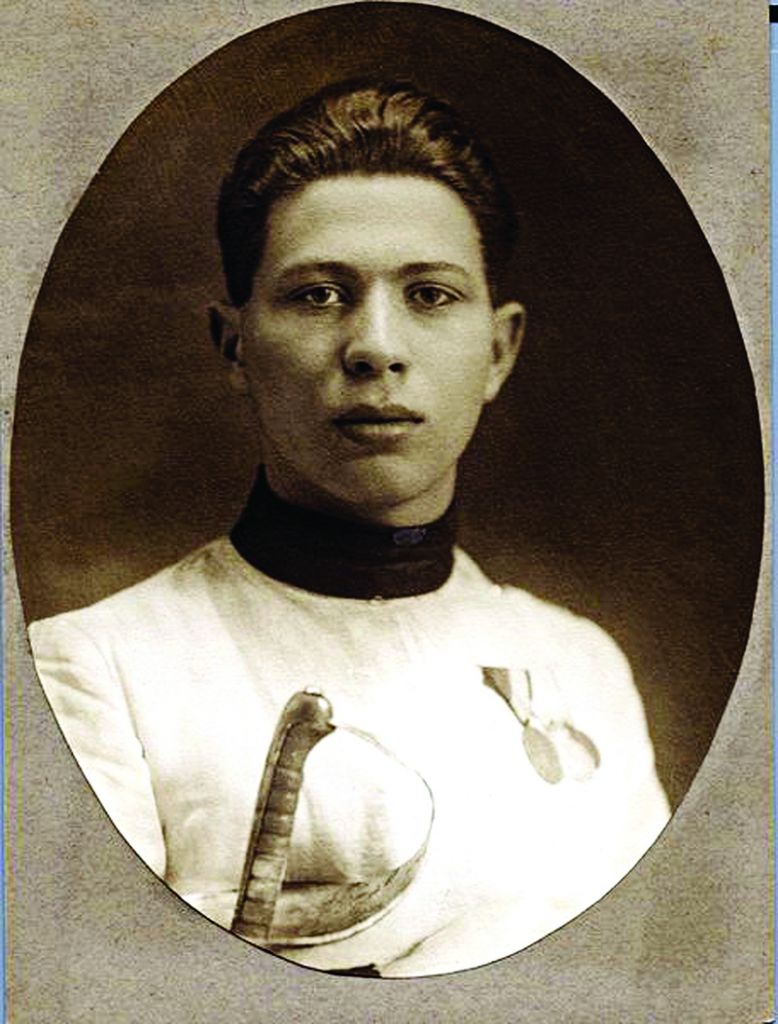
Eddy Hamel (1902–1943) was born in New York to immigrant Dutch-Jewish parents, and returned to Holland as a child. He played for the ‘Men from the Meer’ from 1922 until 1930, appearing in 125 matches and scoring eight goals as a right winger. He was the first Jewish player to serve in Ajax’s squad, which has had only three more to this day. Local Fascist groups assisted in rounding up ‘undesirables’ after Germany invaded the Netherlands in May 1940. Despite his American citizenship, Eddy was detained as a Jew in late 1942. He spent four months doing hard labour at Birkenau and was sent to the gas chambers on 30 April 1943 after a swollen mouth abscess was found during a Nazi inspection.
Victor Perez (1911–1944) was a Tunisian boxer who was born in
1911 in the French colony of Tunisia. In 1930, he won the French
Championship in the flyweight class, defeating Kid Oliva from Marseille. On 24 October 1931 he won against the American, Franckie Genaro, to become the Flyweight World Champion and the youngest world champion in boxing history. Despite the growing anti-Semitism in Paris he thought he was safe, but on 21 September 1943 he was arrested and sent to Drancy. He was sent to Auschwitz on Transport 60, on 10 October 1943, and then put in Buna/Monowitz concentration camp as a slave labourer. He was forced to participate in boxing matches for the amusement of the Nazis. By 1945, Victor had survived 140 bouts in 15 months and won 139. Perez was one of the prisoners on the death march that left the camp on 18 January 1945. He died on the march on 22 January 1945, aged 33.
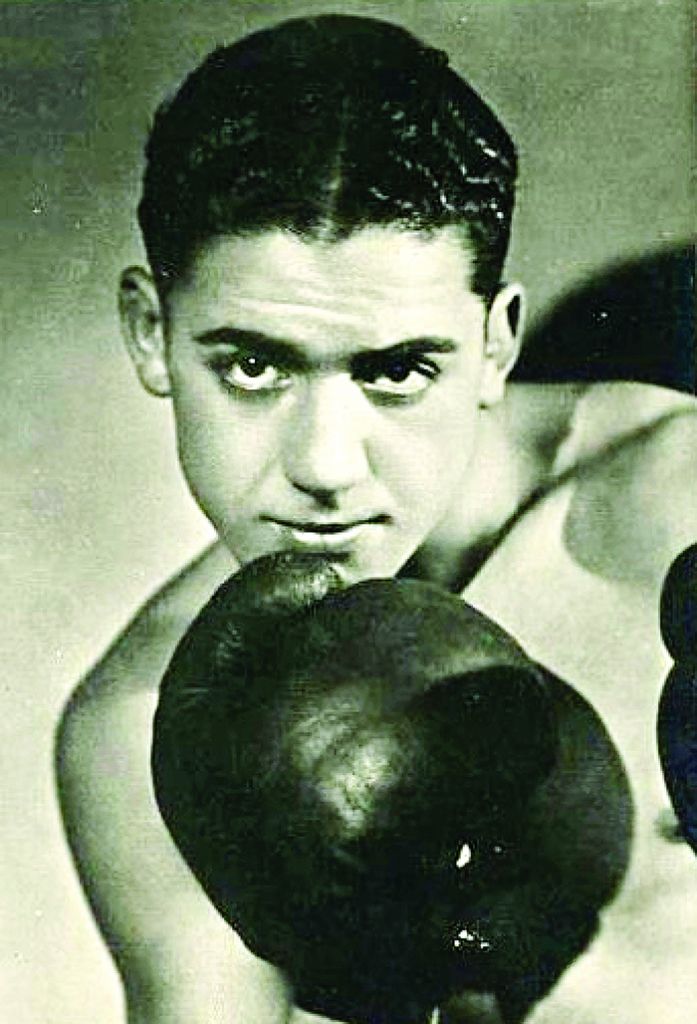
Andras Szekely (1909–1943) was a Hungarian swimmer who won Olympic silver (200m breaststroke) and bronze (4 x 200m freestyle relay). In the 1932 Olympics, he won a bronze medal in the 4 x 200m freestyle relay event. He was also fifth in his semi-final of the 100m freestyle. Szekely died in a Nazi forced labour camp.
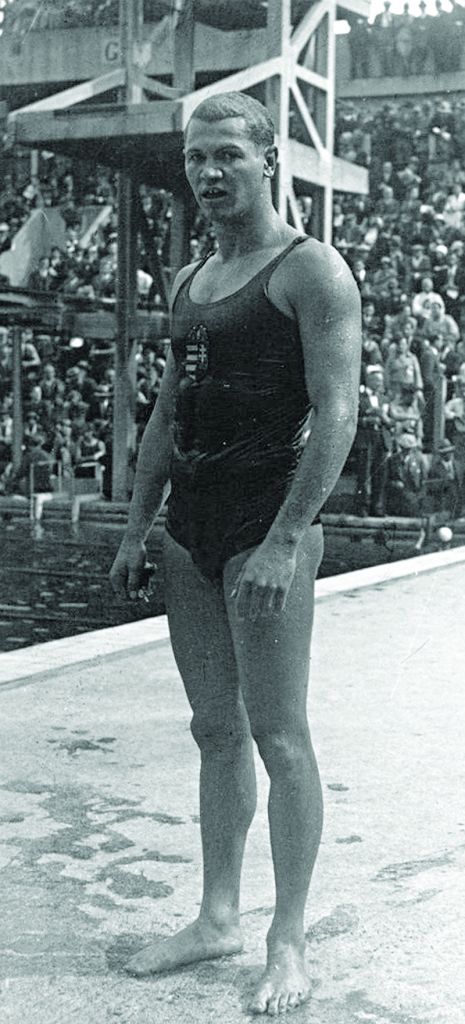
And lastly…
The first Jewish victim from the Olympics was not a competitor. Wolfgang Furstner (1896–1936) is virtually unknown today. He was the former commandant of the Olympic village, who committed suicide on 18 August – only two days after the 1936 Olympics in Berlin finished. The German press were told to say he had been killed in a car accident but the foreign journalists discovered the truth and broke the story. Furstner had been found to be a Mischling.
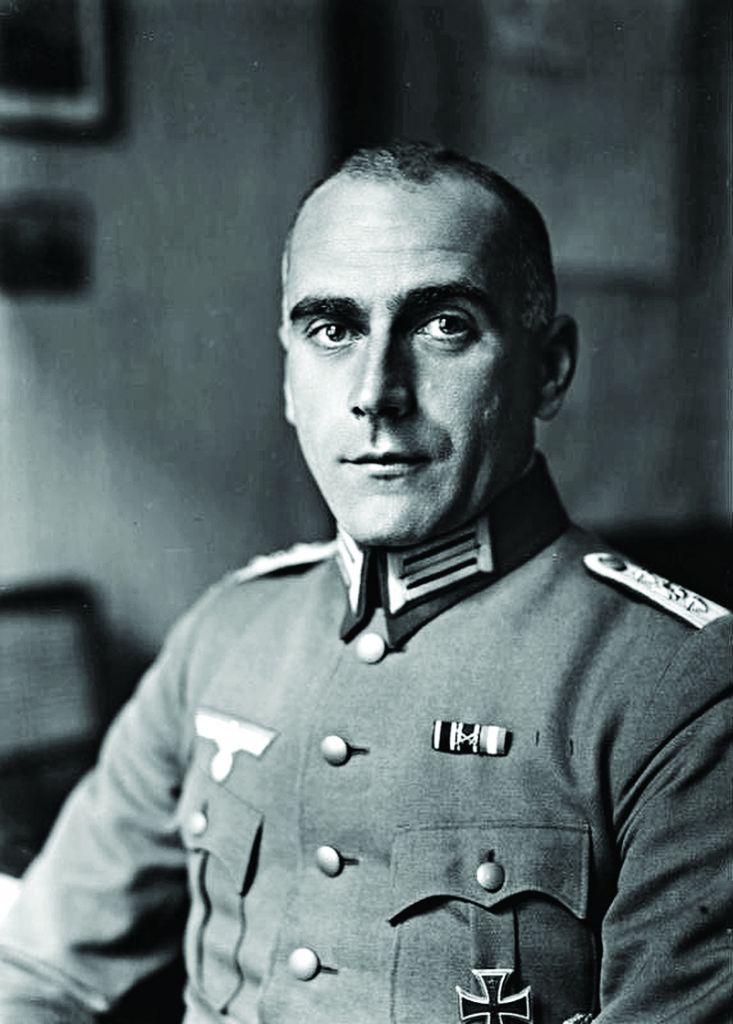
• Who Betrayed The Jews? The Realities of Nazi Persecution in the Holocaust by Agnes Grunwald-Spier is published by The History Press, priced £30.

Thank you for helping to make Jewish News the leading source of news and opinion for the UK Jewish community. Today we're asking for your invaluable help to continue putting our community first in everything we do.
For as little as £5 a month you can help sustain the vital work we do in celebrating and standing up for Jewish life in Britain.
Jewish News holds our community together and keeps us connected. Like a synagogue, it’s where people turn to feel part of something bigger. It also proudly shows the rest of Britain the vibrancy and rich culture of modern Jewish life.
You can make a quick and easy one-off or monthly contribution of £5, £10, £20 or any other sum you’re comfortable with.
100% of your donation will help us continue celebrating our community, in all its dynamic diversity...
Engaging
Being a community platform means so much more than producing a newspaper and website. One of our proudest roles is media partnering with our invaluable charities to amplify the outstanding work they do to help us all.
Celebrating
There’s no shortage of oys in the world but Jewish News takes every opportunity to celebrate the joys too, through projects like Night of Heroes, 40 Under 40 and other compelling countdowns that make the community kvell with pride.
Pioneering
In the first collaboration between media outlets from different faiths, Jewish News worked with British Muslim TV and Church Times to produce a list of young activists leading the way on interfaith understanding.
Campaigning
Royal Mail issued a stamp honouring Holocaust hero Sir Nicholas Winton after a Jewish News campaign attracted more than 100,000 backers. Jewish Newsalso produces special editions of the paper highlighting pressing issues including mental health and Holocaust remembrance.
Easy access
In an age when news is readily accessible, Jewish News provides high-quality content free online and offline, removing any financial barriers to connecting people.
Voice of our community to wider society
The Jewish News team regularly appears on TV, radio and on the pages of the national press to comment on stories about the Jewish community. Easy access to the paper on the streets of London also means Jewish News provides an invaluable window into the community for the country at large.
We hope you agree all this is worth preserving.
-
By Brigit Grant
-
By Laurent Vaughan - Senior Associate (Bishop & Sewell Solicitors)
-
By Laurent Vaughan - Senior Associate (Bishop & Sewell Solicitors)
-
By Laurent Vaughan - Senior Associate (Bishop & Sewell Solicitors)
-
By Laurent Vaughan - Senior Associate (Bishop & Sewell Solicitors)


